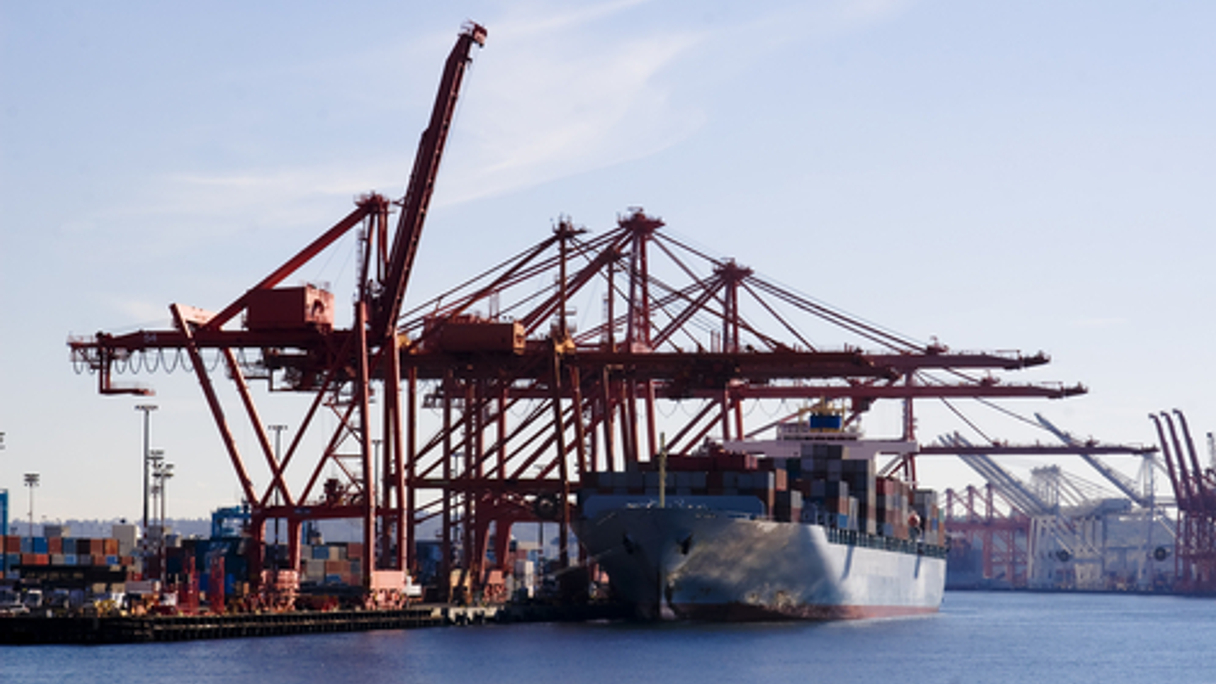When executives from Adani Ports & Special Economic Zone hit the road to pitch a bond in November, markets were in a tail-spin. Donald Trump had been elected less than a week before, and currency, rate and stock markets were all experiencing bouts of volatility.
¬ Haymarket Media Limited. All rights reserved.



